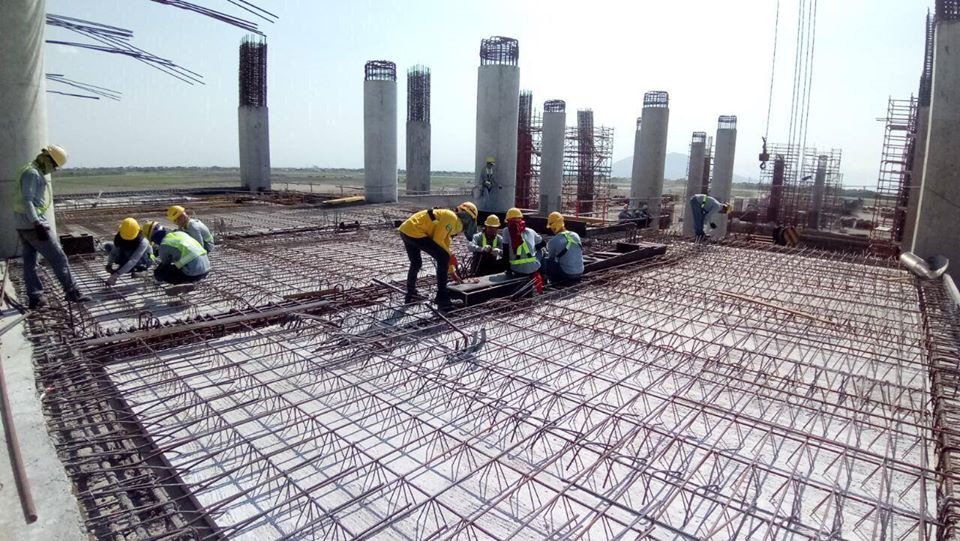News
Nograles sees more infra achievements in 2020

Nograles issued the statement as he acknowledged that the government made “substantial gains” this year when it comes to implementing infrastructure projects. (File photo: Build Build Build/Facebook)
MANILA — President Rodrigo Duterte’s administration is expected to further meet its goal of improving the country’s infrastructure in 2020 and in the succeeding years, Cabinet Secretary Karlo Nograles said on Tuesday.
Nograles issued the statement as he acknowledged that the government made “substantial gains” this year when it comes to implementing infrastructure projects.
“We are already experiencing some of the effects of Duterte Governance: reduced poverty, higher wages, and low unemployment rates. But our job is not finished yet, and we expect even more positive metrics as more and more of the government’s infrastructure projects are completed,” he said in a statement.
“Government infrastructure accomplishments under the leadership of President Rodrigo Duterte will be felt in 2020 and beyond — a reflection of the President’s commitment to implement programs and projects that will improve the lives of Filipinos for years to come,” he added.
Nograles believed that improvements in several key infrastructures in 2019 will have a “tremendous positive impact” on the current administration’s efforts to meet the primary objective of the Philippine Development Plan (PDP) 2017 to 2022.
He also expressed confidence that the PDP 2017 to 2022, a blueprint aimed at boosting the Philippine economy, will bring a “stable, prosperous, and peaceful life for all.”
Nograles noted that so far, the Department of Public Works and Highways was able to construct and rehabilitate around 9,845 kilometers of roads, 2,709 bridges, 4,536 flood mitigation structures, and 120,895 classrooms.
“This improved road infrastructure will allow for the faster and more efficient movement of people and goods around different parts of the country, lowering the costs of transportation and, consequently, the costs of commodities in the market,” he said.
Duterte will maximize the use of his “available” powers to ensure the full and effective implementation of his administration’s “Build, Build, Build” infrastructure program, Presidential Spokesperson Salvador Panelo said in November this year.
Around PHP9 trillion has been earmarked for the implementation of around 100 flagship infrastructure projects and over 10,000 small infrastructure projects under the “Build, Build, Build” program.
Around 38 out of the revised list of 100 key infrastructure projects are expected to be completed by 2022, while 22 are “partially operational or substantially completed” and the remaining 40 would be finished “beyond 2022.”
The 35 big-ticket infrastructure projects are ongoing, 32 will commence construction in the next six to eight months, 21 are in the advanced stages of government approval, and 12 in the advanced stages of a feasibility study.
Nograles also emphasized the importance of improving the flow of information around the country by designating the Department of Information and Communications Technology (DICT) as the lead agency to install free Wi-Fi hotspots in public areas.
“In 2019, the DICT installed 3,084 live Wi-Fi sites that have connected an estimated five million users in Metro Manila and 77 other provinces. This is a key development, as studies show that improved access to the internet provides opportunities for economic growth,” Nograles said.
“For example, in a country like ours where 99.5 percent of all businesses are MSMEs (micro, small, and medium-sized enterprises), the internet can drastically reduce transaction costs and address the limitations of distance, allowing them to expand their markets,” added the cabinet official.
Nograles also cited data showing that in developing countries, MSMEs that have access to the internet become 11 percent more productive, and that expanding internet access to the levels found in developed countries could improve the productivity of MSMEs in developing nations by as much as 25 percent.





















